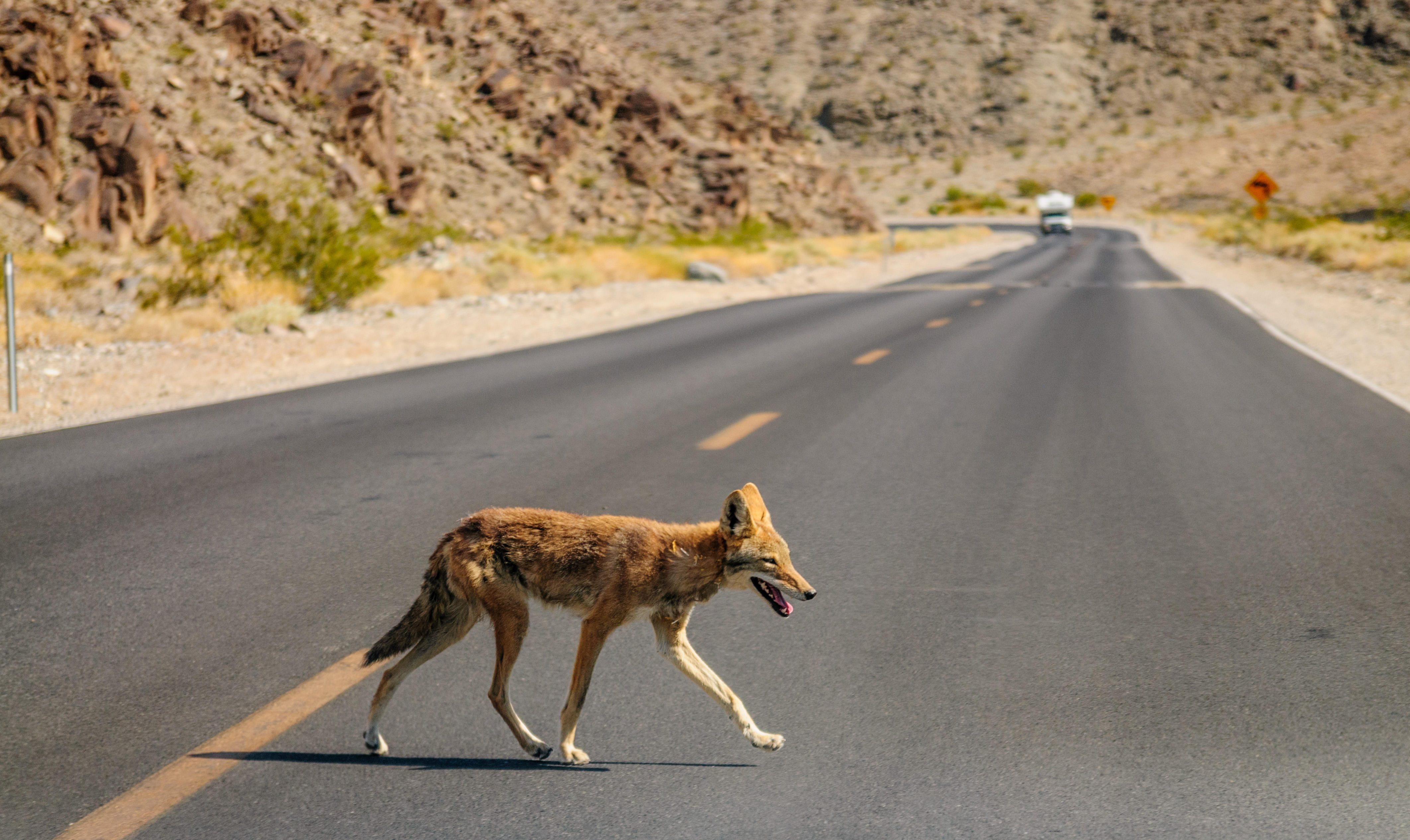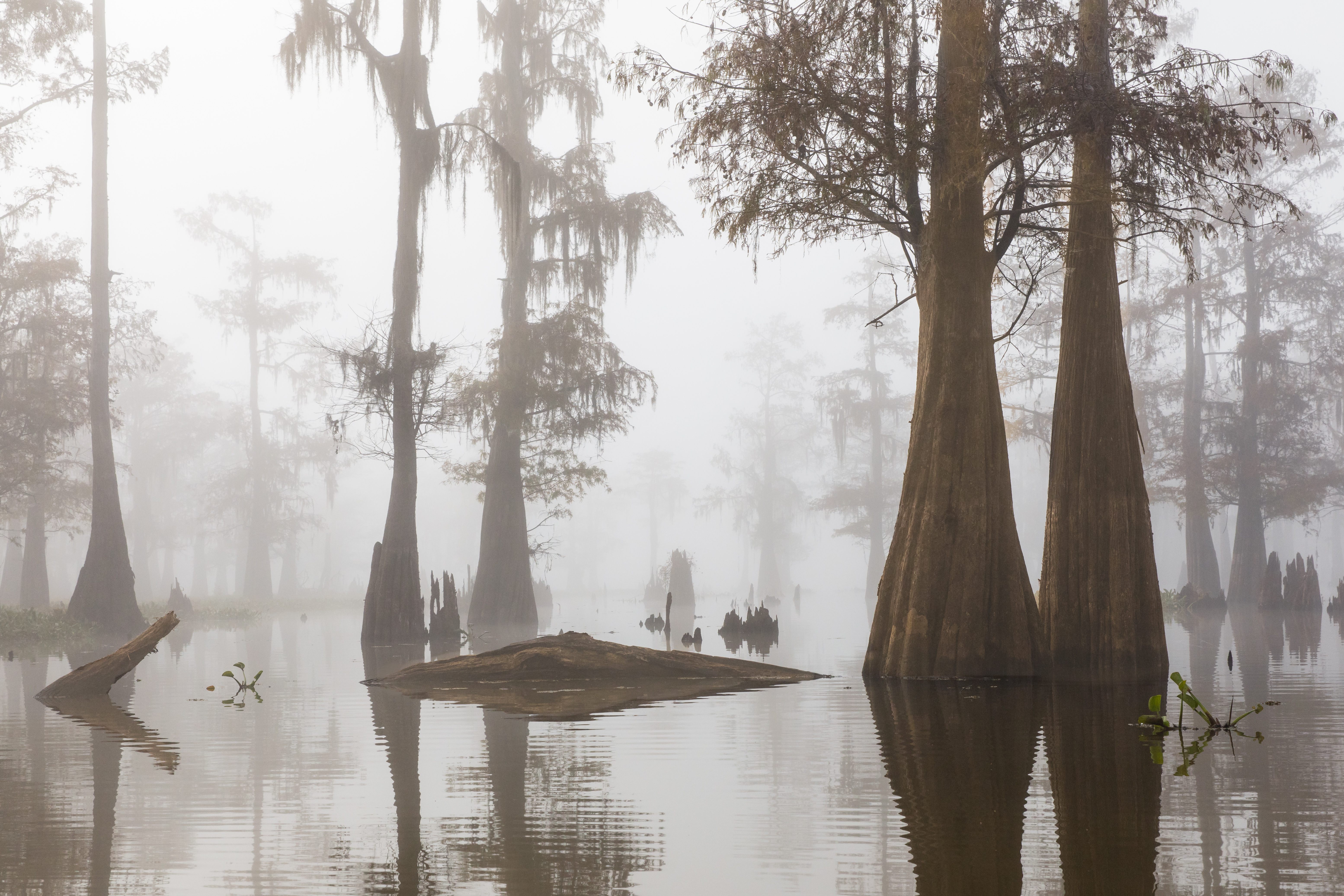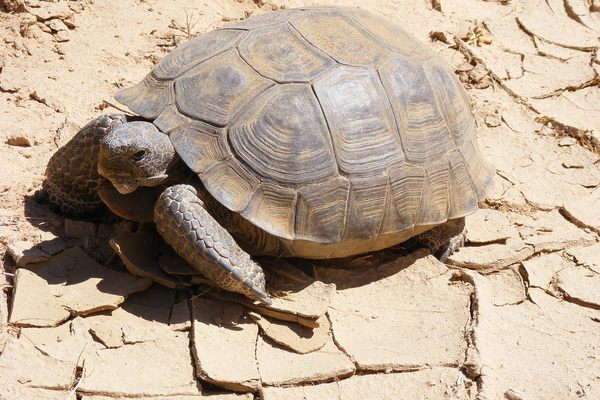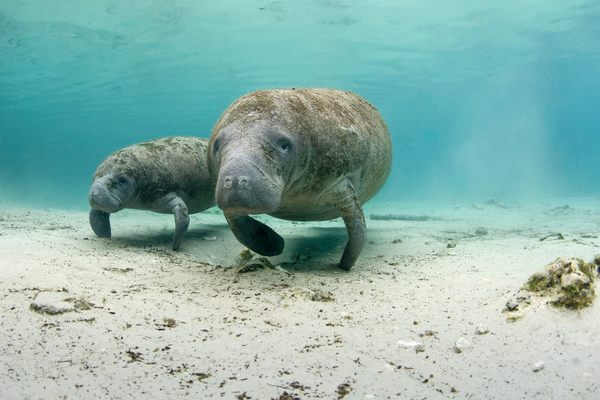Roadkill Is Sad and Gross—And Can Be Useful for Scientists
It can help researchers track diet, reconstruct food webs, and identify threats to wildlife.

When a coyote dies after being struck by a car on a Southern California road, Rachel Larson wants to get her hands on it.
Sometimes, she gets a heads up from an official via email. Other times, she’ll come upon a dead coyote when an intern loads an animal up and drives it to a lab. Larson has worked on coyote carcass dissections in the bed of a pick-up truck and in gleaming, stainless steel facilities that look like a veterinarian’s office. Wherever Larson comes across these unfortunate creatures, she goes for the whiskers.
She yanks the longest whisker from the left side of the coyote’s face. “It’s hard to do with your bare hands, because they’re in there decently well,” Larson says. “But with pliers or tweezers, if you give a good, hard tug, they usually come right out. It’s like plucking out eyebrow hairs.”

It’s not that whiskers sprouting from the left are any better than ones from the right, but Larson, a master’s student in biology at California State University, Northridge, needs to be diligent, to standardize the data she’s collecting.
She’s hardly the first to look to roadside remains for clues about the lives of animals. Roadkill has long been instructive for wildlife managers and engineers, because it can pinpoint where crossings are especially treacherous. The body count also helps researchers gauge seasonal changes, the species involved, and whether animals are using bridges, tunnels, or other structures designed to link habitats fragmented by roads.
But Larson has a different goal in mind. She isn’t trying to figure out where the animals were going. She wants to know what they’ve been eating.
It’s hard to say exactly how many coyotes are roaming Southern California—they are “intelligent, suspicious, and wary,” which makes them notoriously hard to count, Larson says—but they’re pretty ubiquitous. Researchers use all sorts of tactics to figure out what they’re up to, from camera traps to radio collars. But none of those offer much insight into their eating habits over time. Researchers interested in meals are left with dissecting piles of coyote scat. The trouble is that their piles—with bones, tufts of hair, and seeds inside—only reveal a recent feast. Since coyotes tend to stalk the same territory over and over again, the coordinators of the scat study, led by Justin Brown, a National Park Service ecologist, hope that repeat visits to the same sites will let them track the diet of a single coyote over time.
Even under the best circumstances, scat studies provide a series of snapshots. Whiskers, on the other hand, are like a time-lapse film. By cutting them into small segments, Larson can estimate how the animal’s diet changed over a period of several weeks or months. Roadkill whiskers also solve another problem that the National Park Service runs into in its scat-based efforts, especially in urban and suburban areas: How to account for human cuisine. It’s clear that they nosh on stuff made for us—wrappers can show up in the scat—but succulent burgers and pillowy bread go down easy and get digested quickly, so people food leaves little trace. But it can be observed in whiskers. “With these more elusive mammals that are kind of hard to physically get your hands on to take the samples,” Larson says, “roadkill’s a great way to get a robust data set.” It’s a means of making the best out of a bad situation, by learning something along the way.
Depending on how long a whisker been growing, the “longest” could be a little over an inch, or nearly six inches. Larson then soaks the sample in a mix of chloroform and ethanol to dissolve dirt and fats, and then snips it into roughly 200-microgram segments—anywhere from a few to a couple dozen per whisker.
Larson’s data come from stable isotopes—variants of common elements that are lighter or heavier depending on how many neutrons they contain. Different plants have distinct isotopic signatures, and for Larson, the key is a carbon isotope that suggests the presence of corn. The typical American diet is chock-full of it: Corn syrup is an ingredient in scores of processed foods, even ones that aren’t sweet, and corn also shows up in our animal products, because it’s often used as livestock feed. When Larson loads a whisker sample into a mass spectrometer and finds an outsize ratio of heavy carbon isotopes—particularly carbon-13, which is a hallmark of corn, that’s a good clue that a coyote had been eating food made for people.

Another researcher recently tried a similar approach involving roadkill to see if stable isotopes could be used to learn about diets that are even harder for scientists to access—from the Cretaceous period, between 145 and 66 million years ago. Thomas Cullen, a postdoctoral research scientist in ecology and evolution at the Field Museum in Chicago, is curious about prehistoric food webs, and since stable isotopes can stay locked in teeth and bone for ages, he wondered if they could help paleontologists reconstruct dinosaur diets. Specifically, he wanted to know if this idea would work in a waterlogged environment, where creatures live and eat in both dry and damp areas, so he conducted a present-day, proof-of-concept study using roadkill in the most analogous environment he could find—Louisiana’s Atchafalaya River Basin. While “no place on Earth is truly equivalent today to what the Earth was like during the Mesozoic,” Cullen says, the warm, seasonally flooded bayou landscape “is roughly as close as we can get while still being readily accessible.”
In two days of scooping up roadkill, Cullen’s team gathered some 50 specimens, belonging to 15 species, from raccoons to nutria. They also used samples from museum collections and elsewhere to account for fish and other creatures unlikely to end up under wheels. Ultimately, the signal was a little fuzzy, as Cullen and his collaborators detail in a recent paper in Royal Society Open Science. “Everything’s eating a little bit of everything,” Cullen says. This didn’t work as well as they’d hoped, but it doesn’t mean it won’t: Future research could involve other stable isotopes, Cullen says, such as from calcium, magnesium, or zinc.
In the case of coyotes, though, a signal has definitely emerged, and information gleaned from the roadkill can help scientists figure out how these animals live—and how to help them. Future research will involve necropsies of the animals’ intestines to look for parasites, and the team is also looking for evidence of anticoagulants, which are often found in rat poison that they are likely consuming through prey. If they’ve ingested a lot of these chemicals, for example, a cut or bruise could be life-threatening. Sometimes, Larson says, “we’ve opened up coyotes and their body cavities are full of blood because they couldn’t stop internal bleeding.” These impacts might just be creeping along the food web. “Rats eat the poison, and maybe it doesn’t kill them right away, and then the coyotes eat the rats, and become very sick, and then mountain lions eat coyotes,” Larson says. By studying roadkill—of a relatively common variety—the researchers might eventually be able to give an entire ecosystem more of a fighting chance.




























Follow us on Twitter to get the latest on the world's hidden wonders.
Like us on Facebook to get the latest on the world's hidden wonders.
Follow us on Twitter Like us on Facebook